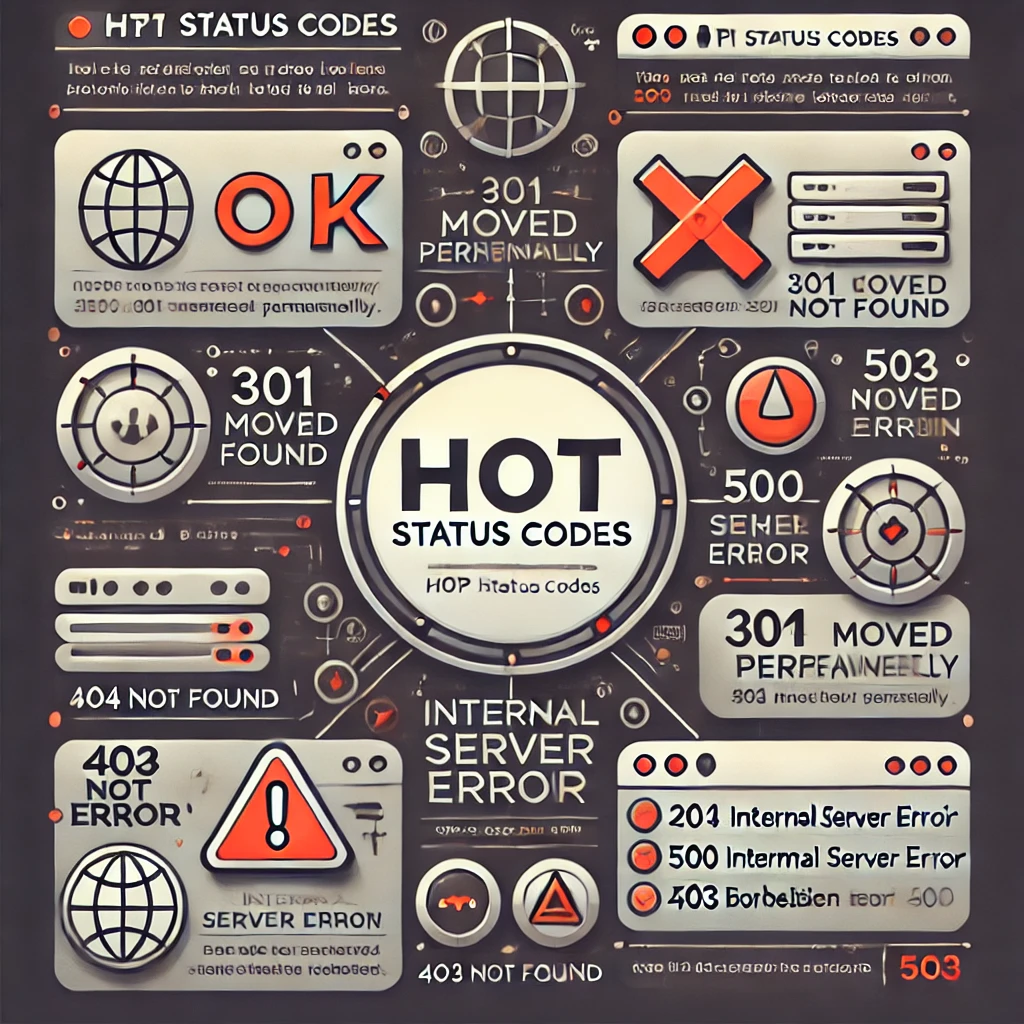HTTP Status Codes and Their Meanings
When a browser requests a service from a web server, an error may occur. These errors help you understand whether the issue is related to your site or the server. When troubleshooting, it's important to know the meanings of these status codes. Below is a compiled list of HTTP status messages. If you've encountered different ones, feel free to let me know.
1xx: Informational
| STATUS | DESCRIPTION |
|---|
| 100 Continue | The server has received the request headers, and the client should proceed to send the request body. |
| 101 Switching Protocols | The server has agreed to switch protocols. |
| 103 Checkpoint | Used to resume PUT or POST requests that were previously aborted. |
2xx: Success
| STATUS | DESCRIPTION |
|---|
| 200 OK | The request has succeeded. |
| 201 Created | The request has been fulfilled and a new resource has been created. |
| 202 Accepted | The request has been accepted but not yet processed. |
| 204 No Content | The request was successful but no content is returned. |
3xx: Redirection
| STATUS | DESCRIPTION |
|---|
| 301 Moved Permanently | The page has been permanently moved to another URL. |
| 302 Found | The page has been temporarily moved to another URL. |
| 304 Not Modified | The content has not changed; cached version can be used. |
4xx: Client Error
| STATUS | DESCRIPTION |
|---|
| 400 Bad Request | The request contains bad syntax. |
| 401 Unauthorized | Authentication is missing or has failed. |
| 403 Forbidden | The server is refusing to respond to the request. |
| 404 Not Found | The requested page could not be found. |
| 405 Method Not Allowed | The method used is not supported by the target resource. |
5xx: Server Error
| STATUS | DESCRIPTION |
|---|
| 500 Internal Server Error | General error; the reason is not clear. |
| 501 Not Implemented | The request method is not supported by the server. |
| 502 Bad Gateway | An invalid response was received from an upstream server (proxy error). |
| 503 Service Unavailable | The server is currently unavailable (due to traffic, maintenance, etc.). |
| 504 Gateway Timeout | The server did not receive a timely response from the upstream server. |
No comments yet. Be the first to comment!









